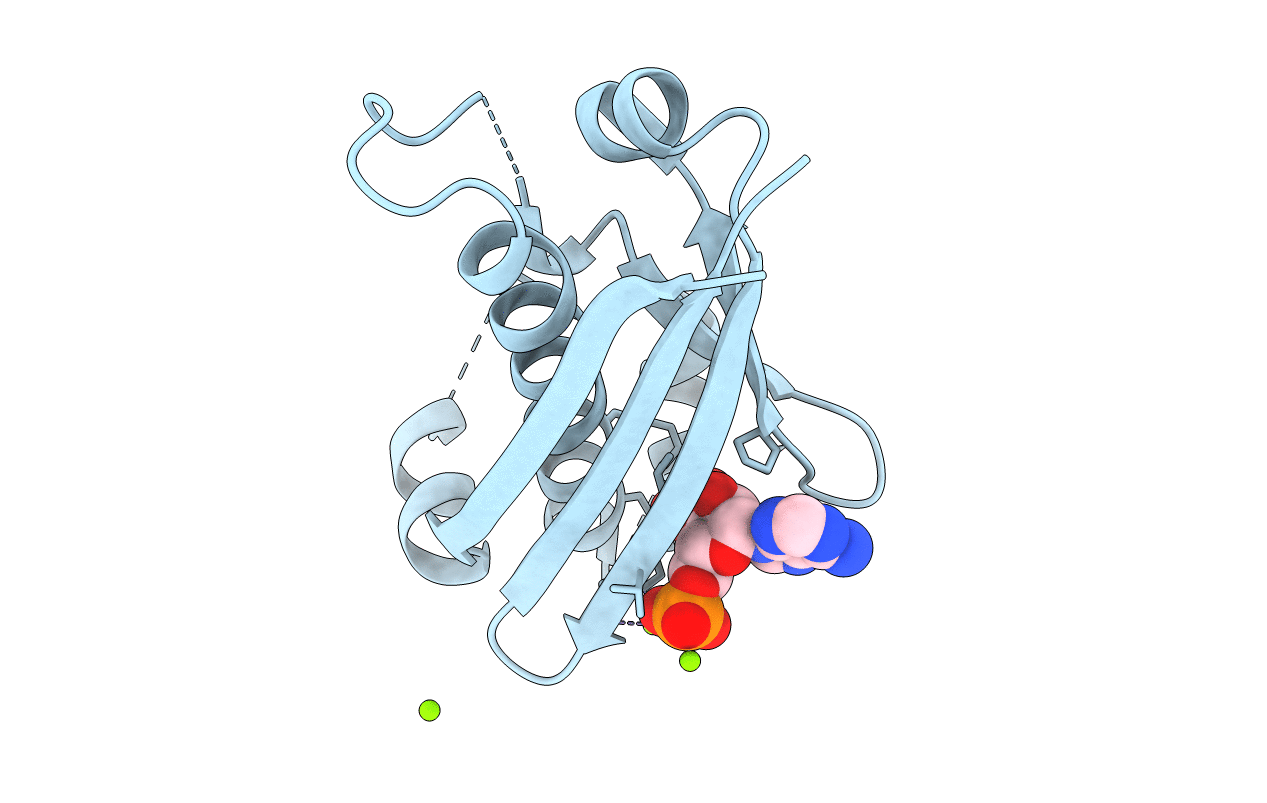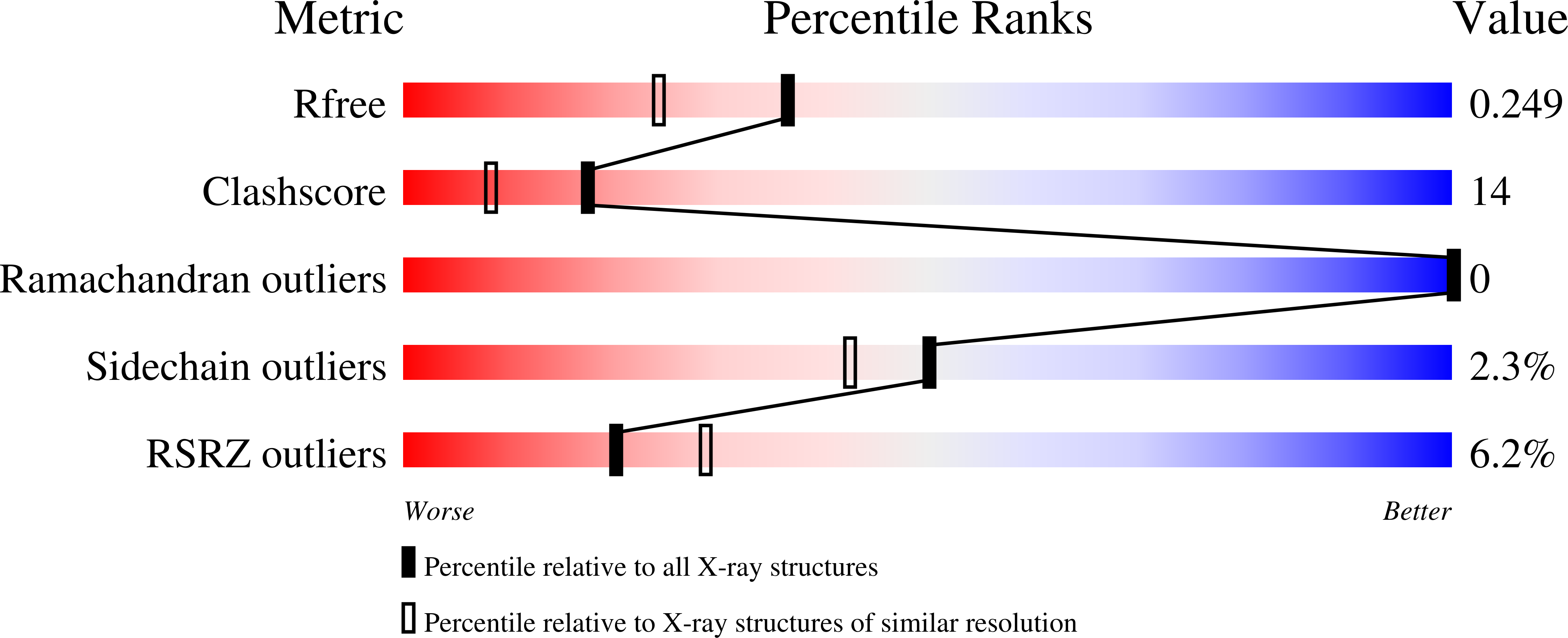
Deposition Date
2009-06-07
Release Date
2009-09-15
Last Version Date
2023-09-06
Entry Detail
PDB ID:
3HQJ
Keywords:
Title:
Structure-function analysis of Mycobacterium tuberculosis acyl carrier protein synthase (AcpS).
Biological Source:
Source Organism:
Mycobacterium tuberculosis (Taxon ID: 1773)
Host Organism:
Method Details:
Experimental Method:
Resolution:
1.95 Å
R-Value Free:
0.25
R-Value Work:
0.20
R-Value Observed:
0.21
Space Group:
P 2 3


